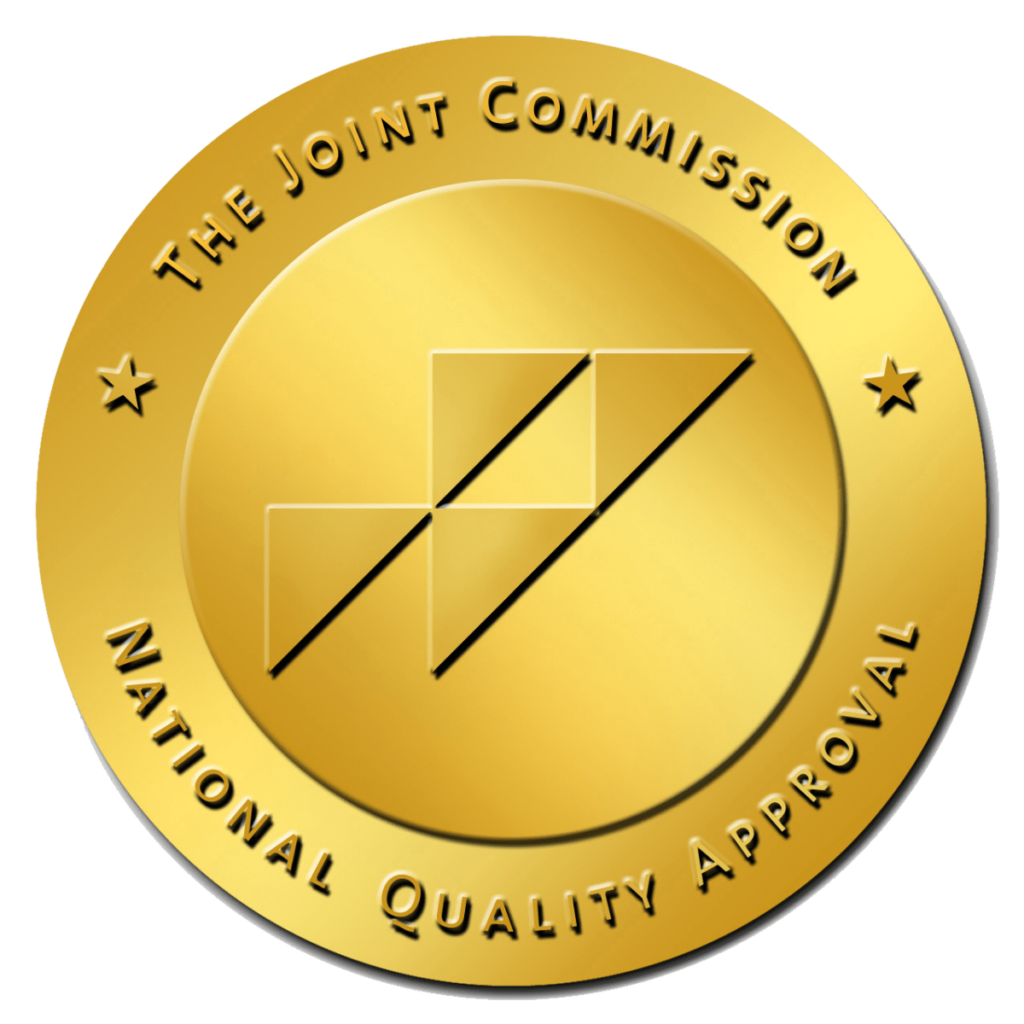If you looked in the medical chart of a person who has a personality disorder, you may not see those words included there. That is because “personality disorder” is a category and not a specific condition. Personality disorders include a broad range of conditions in which a person struggles with rigid and unhealthy thinking and behavior that can make it hard for them to adapt to certain situations and interact with other people.
Early Detection
The earliest signs of personality disorders most often manifest when a person is in their late teens or early twenties, and symptoms may become less noticeable with age. Though each disorder includes different symptoms, they all share an unhealthy rigidity paired with impaired functioning and/or distress.
A person with a personality disorder does not just have a bad day here and there or have one or two people with whom they struggle to work effectively. They are likely to struggle in a variety of different settings, which may include:
- Work
- School
- Social activities
- Relationships
- Family life
Categories of Personality Disorders
According to Johns Hopkins Medicine, personality disorders are broken down into three subtypes, which are also known as clusters:
- Cluster A: seen as odd or eccentric
- Examples include paranoid and schizoid disorders
- Cluster B: generally viewed as dramatic or erratic
- Examples include emotional intensity/borderline personality, antisocial, narcissistic, and histrionic disorders
- Cluster C: described as anxious or inhibited
- Examples include dependent, avoidant, and obsessive-compulsive personality disorders
The most common personality disorders are thought to be:
- Obsessive compulsive disorder (OCD)
- Narcissistic personality disorder
- Borderline or emotional intensity disorder
Misconceptions About Personality Disorders
The general public has become more aware of mental health in recent years, and while this can help reduce stigma around mental illness, there is still misunderstanding around what it means to suffer from certain mental health conditions, including some personality disorders. Some examples of this include people labeling themselves as having OCD just because they prefer tidy, well-organized spaces or someone calling their ex a narcissist because the person was unkind and caused them a lot of emotional distress. Personality disorders, just like physical health conditions, have specific criteria associated with them, which a person is required to meet in order for a diagnosis to be made. These conditions can be extremely debilitating for people who suffer from them, so jokes about them can cause embarrassment and shame.
Causes of Personality Disorders
There is not a single cause of all disorders. Instead, a wide range of factors can contribute to whether a person develops one of these mental health conditions. These include:
- Genetics – a person with a close blood family member who has a personality disorder may be at higher risk for developing a personality disorder themselves.
- Trauma – people who experienced a large number of adverse childhood experiences (ACEs) are at greater risk for certain personality disorders. ACEs can include things like:
- Abuse – physical, emotional or sexual
- Neglect
- Being parented by someone who is mentally ill or abuses substances
- Having an incarcerated or otherwise absent parent
- Being placed into foster care
- Witnessing domestic violence
- Verbal abuse – one study found that children who were screamed at, threatened with being sent away, or told they weren’t loved were three times more likely to develop a disorder than children who did not have these experiences.
- High reactivity – children who react strongly to stimuli like light, noise, and texture were found to be more likely to develop disorders.
- Relationships – having a strong connection with even just one relative, teacher, or friend is believed to reduce a young person’s risk of developing a personality disorder.
Treatment Options
Because the term “personality disorder” encompasses a wide variety of mental health conditions, treatment varies widely as well. While talk therapy and medications are frequently used, which specific medications and therapy modalities will be effective for a specific person depends on their precise diagnosis and individual circumstances. Family involvement in treatment is very common when a disorder is being treated.
If you have questions about disorders or are concerned that you are seeing symptoms of a personality disorder in someone you love, Highland Hospital in West Virginia is happy to provide answers and help to determine if treatment may be needed.










